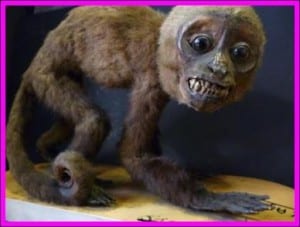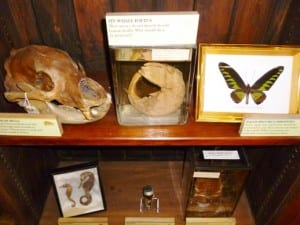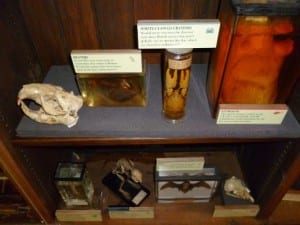What will the world be like in 50 years?
By Jack Ashby, on 6 March 2012
 Last week, our Science Fiction; Science Futures event – organised by the wonderful UCL Science and Technology Studies was based around the concept of how we look at what’s around the corner. It included a fair bit of conversation about failed futures – those things that previous generations predicted would be here by now, like flying cars and invisibility cloaks (though apparently they’re not far off).
Last week, our Science Fiction; Science Futures event – organised by the wonderful UCL Science and Technology Studies was based around the concept of how we look at what’s around the corner. It included a fair bit of conversation about failed futures – those things that previous generations predicted would be here by now, like flying cars and invisibility cloaks (though apparently they’re not far off).
At the end of the event we asked the participants to make their own predictions for the world in fifty years time. This is what they said: (more…)
 Close
Close






 Should species like red squirrels be protected in England when they are common in Europe?
Should species like red squirrels be protected in England when they are common in Europe?